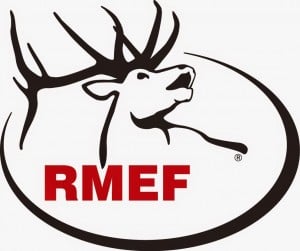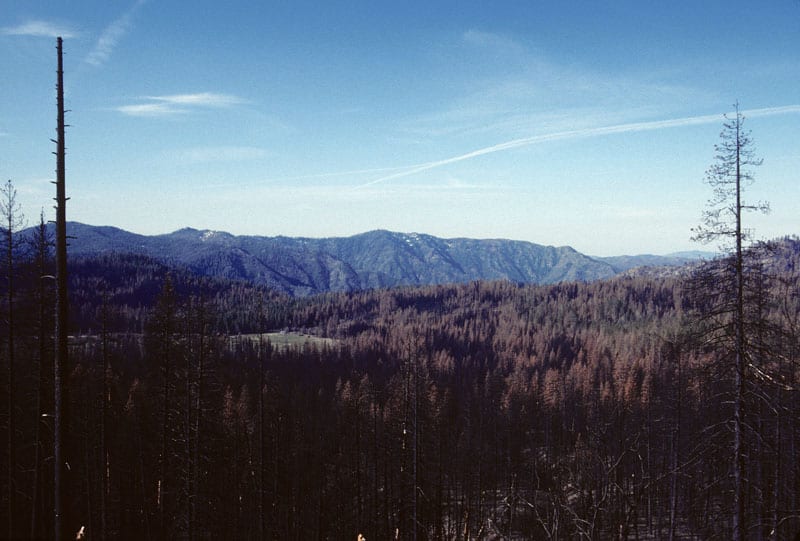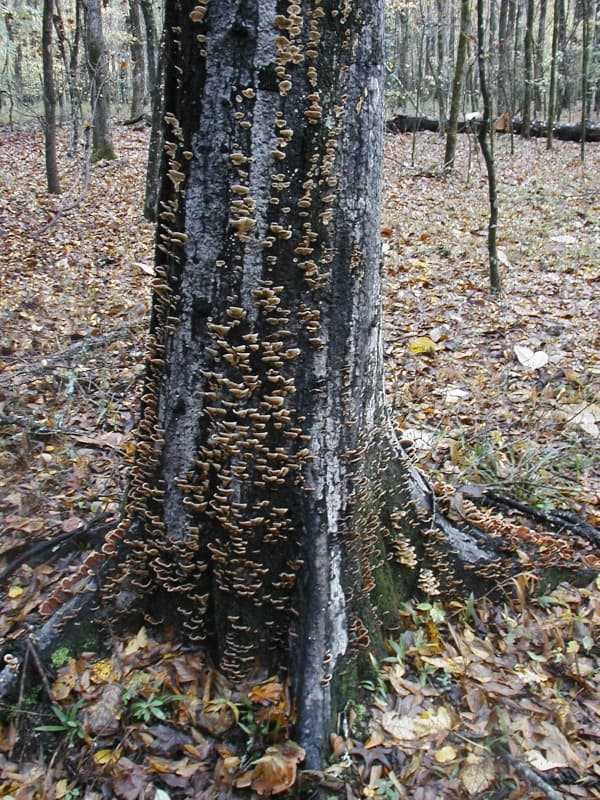
Here’s a link to the press release:
Here’s the link to the letter:
Below is the letter:
Dear Senator XXX:
The Rocky Mountain Elk Foundation (RMEF) has a growing concern over the continual proposals and rhetoric regarding the wholesale disposal, transfer, or sale of federal land holdings. The notion of transferring ownership of lands currently overseen by the U.S. Forest Service, Bureau of Land Management or any other federal land manager to states or worse yet to private interests, is not a solution to federal land management issues and we are opposed to this idea.
Federal land management policies and actions are of great importance to our 203,000 members. Federal public lands are vitally important habitat for elk and many other species of wildlife. They are also where we hunt, camp, hike, and in some cases, make our living. Transferring public lands to states to manage will not work for two primary reasons. First, states are not equipped or prepared to manage these additional lands. Second, transferring ownership of public lands does not address the real issues.
Calls for transfers of federal land are rooted in disappointment and disgust with the lack of balanced use and management of these lands today. Over the past decade, there has been a shift in the multiple use approach for the benefit of the most people and wildlife to a preservationist agenda advocated by small radical groups. Actively managed lands benefit people and wildlife, and in a specific case, reduce the impacts of wildfire, a national crisis at this time.
We urge you, as a leading member of Congress, to not only stand up for the ongoing federal ownership of land, but just as important, stand up for the implementation of sound, active federal land management. Enact legislation that creates specific strategic goals for the Departments of Agriculture and Interior on what is expected in terms of stewardship and active management of our public lands.





